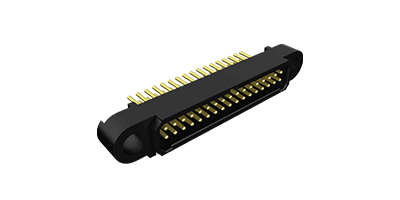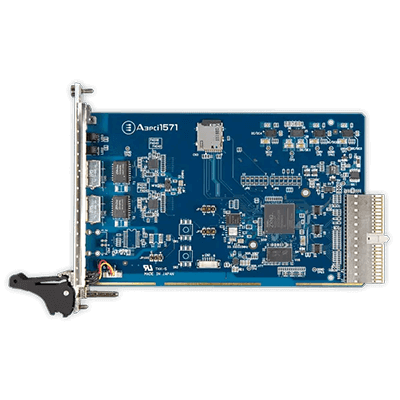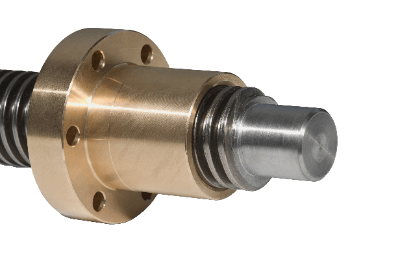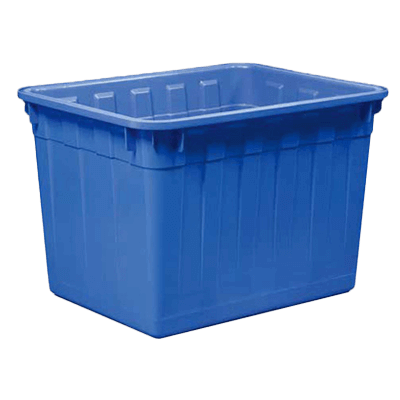What Is a Bulk Converter?
A bulk converter is a type of power supply circuit designed to step down a general-purpose DC voltage input to a lower DC voltage output.
It ensures the generation and delivery of a stable DC voltage, even when the input voltage fluctuates slightly. Bulk converters are used to generate specific voltages from a general voltage source, supplying the required voltage to electronic device circuits.
Uses of Bulk Converters
Bulk converters are essential for adjusting the output voltage supplied to electrical circuits. For example, while household power outlets typically deliver 100 V AC, many electronic device circuits operate on DC power. Therefore, AC power needs conversion to DC. Further, if electronic devices incorporate microcontrollers or logic ICs, the DC voltage converted from AC must be stepped down to levels like 5 VDC or 3.3 VDC, necessitating the use of bulk converters.
Principle of Bulk Converters
Bulk converters can be categorized into series regulators and switching regulators.
1. Series Regulator
A series regulator consists of a control element (often a bipolar transistor), a control circuit, and a reference voltage source. It is connected in series between the power input and output, reducing the output voltage below the input voltage. The control circuit modulates the transistor’s operation to maintain a constant output voltage despite input or output fluctuations. However, it has higher power consumption and generates more heat.
2. Switching Regulator
Switching regulators comprise a switching element (usually FETs), a control circuit, and a voltage smoothing circuit (inductors and capacitors). The control circuit modulates the FETs’ ON/OFF states to achieve the target output voltage, while the inductor and capacitor smooth the output into stable DC voltage. This type is more efficient than series regulators, allowing for higher output currents, but it tends to produce more noise.
How to Select a Bulk Converter
1. Output Current
For applications requiring higher output currents, a switching regulator is preferable due to its lower heat generation and efficiency. Series regulators, although generating more heat, are simpler and more suitable for lower current applications.
2. Cost
Switching regulators, due to their complexity and additional component requirements, are generally more expensive than series regulators. If cost is a concern, a series regulator is a more economical choice.


 Screws, crucial for assembling various products, come in different types based on their thread shapes. Among them are triangular screws with triangular threads,
Screws, crucial for assembling various products, come in different types based on their thread shapes. Among them are triangular screws with triangular threads, 